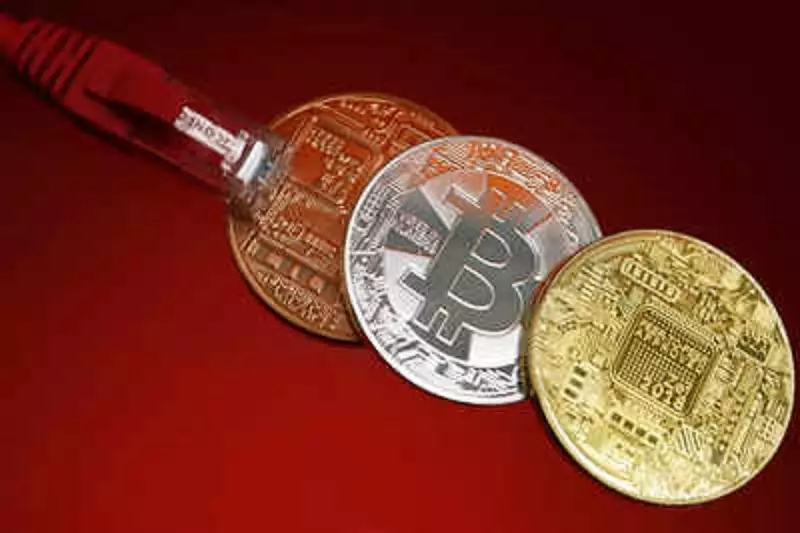On a remarkable Monday, the cryptocurrency market witnessed an unprecedented event as the newly launched $Trump token surged past a staggering $10 billion market capitalization. This astronomical rise coincided with Donald Trump’s inauguration for a second presidential term, creating a unique synergy between political events and market dynamics. Launched on January 20, the $Trump token not only illustrated the volatility synonymous with crypto markets but also highlighted a growing trend wherein political figures are intertwining their legacies with digital currencies. Underlining this, Bitcoin also reached a record high shortly before Trump’s swearing-in ceremony, reflecting a broader bullish sentiment within the cryptocurrency arena.
The $Trump token, often referred to as a “meme coin,” began its journey priced below $10 on Saturday morning and peaked at an impressive $74.59. Although it subsequently lost some value, the initial leap showcases the speculative nature and volatile characteristics of meme-based cryptocurrencies. The $Trump branding even incorporated imagery from a July assassination attempt, perhaps indicating a deliberate strategy to leverage both controversy and media attention to propel interest and investment. This launch further cements the idea of celebrity culture driving cryptocurrency investment, as seen with previous meme coins like Dogecoin.
Adding to the narrative, Melania Trump debuted her own cryptocurrency, $MELANIA, the day following its counterpart’s launch. This token did not lag behind; it rapidly ascended to a market valuation exceeding $1 billion. The emergence of these tokens suggests an intentional branding effort to monetize the Trump legacy in the crypto space. Unlike traditional investments, these tokens seem more like playful engagements than serious financial instruments, designed explicitly for supporters rather than seasoned investors.
Token Distribution and Implications
A significant detail about $Trump is the ownership structure behind it—approximately 80% of the tokens are held by CIC Digital, an entity closely related to Trump’s enterprises. Another named entity, Fight, Fight, Fight, is also involved. Such concentrated ownership raises questions regarding market manipulation and the potential for volatility, as a small number of holders has the power to sway the token’s value significantly. Furthermore, the $Trump official website outlines that these tokens are intended more as expressions of support than traditional securities, distancing themselves from typical investment rhetoric.
One of the most intriguing developments surrounding the $Trump token is its integration into consumer transactions. The crypto payment application Oobit announced that $Trump could now be utilized for everyday purchases, aiming to make it a practical payment method at locations like McDonald’s. This move signifies an ambition to normalize the use of cryptocurrency in daily life, a goal that has been echoed by various coins aiming to transition from speculative assets to everyday currencies.
While the rise of $Trump and similar cryptocurrencies may be exhilarating, investors and users must approach this space with caution. The lines between political expression, financial investment, and speculative trading begin to blur, challenging traditional concepts of market stability. As this phenomenon unfolds, it will be interesting to monitor how these developments shape the future landscape of both cryptocurrency and political branding.

